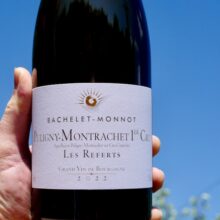
Product information
Domaine Bachelet-Monnot Puligny-Montrachet 1er Cru ‘Les Referts’ 2022
Chardonnay from Puligny-Montrachet, France, Côte du Beaune, Burgundy
$562
Description
“The 2022 Puligny-Montrachet Les Referts 1er Cru has a compelling bouquet with wet limestone, petrichor and Granny Smith on the nose. This has very good vigor. The palate is well-balanced with an understated opening, just a light walnut and white peach note emerging with time and rounding out the finish. Very fine.”
Neal Martin, Vinous 91-93 Points JM 91-94
Only 1 left in stock
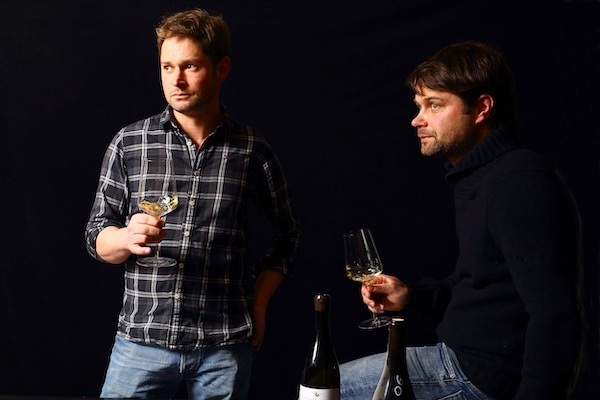


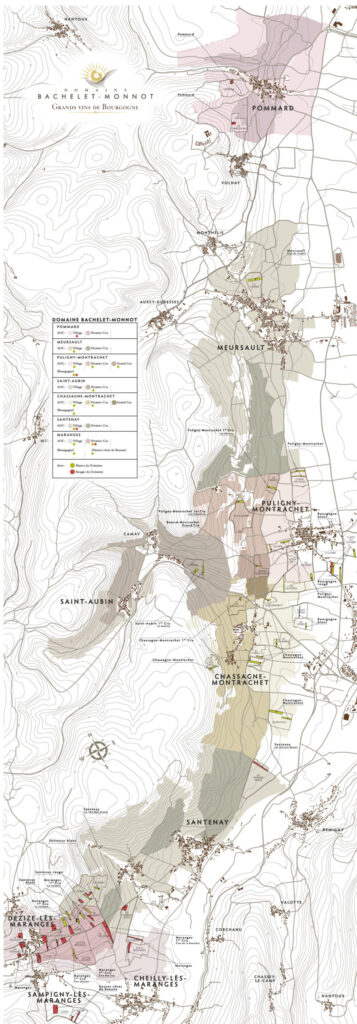
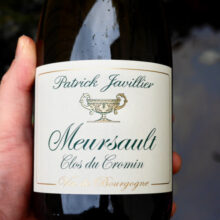
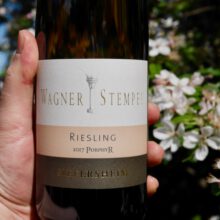
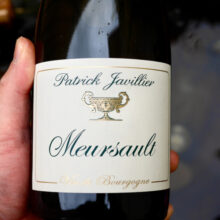

You must be logged in to post a comment.